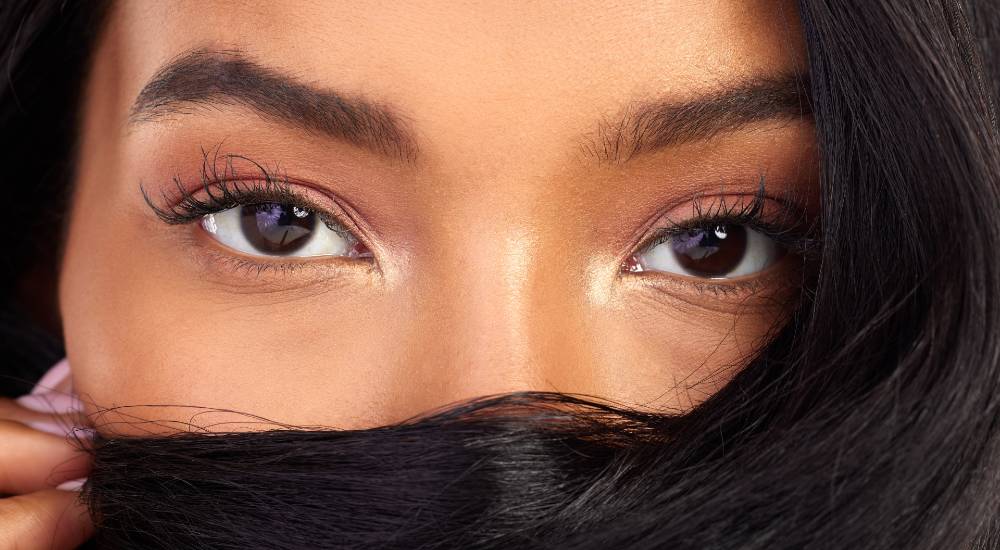Attraction is a multi-faceted phenomenon that has intrigued scientists, psychologists, and philosophers for centuries. When it comes to women’s preferences, understanding the factors that influence their attraction can be a complex endeavor. In this article, we will delve into the various factors that shape women’s preferences, ranging from evolutionary and cultural influences to psychological and physical attractiveness. By exploring these factors, we can gain a deeper understanding of the complexity of women’s preferences and appreciate the diverse range of factors that contribute to attraction.
Evolutionary factors that influence women’s preferences
Evolutionary biology plays a significant role in shaping women’s preferences when it comes to attraction. From an evolutionary perspective, women are believed to be attracted to traits that indicate good genes and the ability to provide for offspring. This includes physical attributes such as facial symmetry, muscularity, and height. These traits are seen as indicators of genetic fitness and the ability to protect and provide for a potential family.
Another evolutionary factor that influences women’s preferences is the concept of reproductive value. Women are more likely to be attracted to men who display signs of high reproductive value, such as a strong immune system and good health. This is because these traits suggest that the offspring will inherit similar advantageous traits, increasing their chances of survival and reproductive success.
Cultural and societal influences on women’s preferences
While evolutionary factors provide a foundation for understanding women’s preferences, cultural and societal influences also play a significant role. Cultural norms and societal expectations shape our perceptions of attractiveness and influence our preferences. For example, in some cultures, a certain body type or skin color may be considered more desirable than others. These cultural beauty standards can have a profound impact on women’s preferences and influence the type of partner they find attractive.
Societal factors such as media representation and advertising also have a powerful influence on women’s preferences. The media often portrays a narrow and unrealistic standard of beauty, which can lead women to internalize these ideals and feel pressured to conform. This can result in preferences for partners who align with these societal standards, perpetuating a cycle of unrealistic expectations and dissatisfaction.
Psychological factors that impact women’s attraction
Beyond evolutionary and cultural influences, psychological factors also play a significant role in women’s attraction. Personal experiences, upbringing, and individual differences all contribute to shaping women’s preferences. For example, someone who had a positive relationship with their father growing up may be more likely to seek partners who possess similar qualities. Similarly, past experiences, both positive and negative, can shape our preferences and influence the traits we find attractive.
Personality traits also play a crucial role in women’s preferences. While physical attractiveness may initially capture our attention, it is often a person’s personality that determines the long-term appeal. Traits such as kindness, empathy, and a good sense of humor are often highly valued by women and influence their attraction towards potential partners. These psychological factors highlight the complex interplay between our innate preferences and the qualities we value in others.
Physical attractiveness and its role in women’s preferences
Physical attractiveness is undeniably a significant factor in women’s preferences. However, it is essential to recognize that beauty is subjective and can vary across individuals and cultures. While there may be universal markers of attractiveness, personal preferences and individual differences also come into play.
What one person finds attractive may not necessarily align with someone else’s preferences. Moreover, physical attractiveness alone is not sufficient for sustaining a fulfilling and lasting relationship. Other factors, such as compatibility and emotional connection, are equally important.
Personality traits and their importance in women’s preferences
While physical attractiveness initially captures our attention, it is often the personality traits of individuals that truly determine long-term compatibility and attraction. When it comes to women, they are often drawn to partners who possess a range of qualities, including intelligence, ambition, and emotional stability.
These traits not only contribute to building a strong foundation for a healthy and fulfilling relationship but also serve as indicators of a person’s character and values. In fact, personality compatibility plays a crucial role in determining the long-term success and overall satisfaction in a partnership, as it influences how well two individuals can communicate, understand, and support each other.
While some women may prioritize physical attractiveness and the qualities traditionally associated with it, others may place more emphasis on emotional connection and shared values. These individual differences highlight the complexity of women’s preferences and remind us that there is no one-size-fits-all approach to attraction. It is important to respect and celebrate the diverse range of factors that contribute to women’s preferences, recognizing that what someone finds attractive is a deeply personal and individual experience.
The role of social status and resources in women’s attraction
Social status and resources play a significant role in influencing women’s attraction. According to an evolutionary perspective, women are naturally inclined to be drawn to partners who possess resources and can provide for their offspring. These resources can encompass various factors, including financial stability, a successful career, or social influence.
However, it is crucial to acknowledge that these preferences can differ among individuals and cultures. While some women may prioritize these external factors, others may place a greater emphasis on emotional connection and shared values when seeking a partner. Ultimately, the interplay between social status, resources, and personal preferences shapes women’s attraction and relationship choices.
Personal experiences play a significant role in shaping women’s preferences and attraction. Past relationships, cultural upbringing, and individual life experiences can all influence what qualities and characteristics a woman finds attractive in a partner. These experiences can shape her values, beliefs, and expectations, ultimately guiding her choices in relationships. It is important to consider the unique experiences that each woman brings to the table when understanding and appreciating her preferences.
The influence of media and pop culture on women’s preferences
In today’s digital age, women are exposed to an endless stream of media content, whether it’s through television, movies, social media platforms, or fashion magazines. These platforms often depict a certain standard of beauty, which can lead women to develop preferences for specific body types, fashion styles, and even lifestyle choices.
For example, think about the portrayal of thin, flawless models in advertisements. These images can subconsciously create the belief that being slim is the ideal body type, leading many women to strive for unrealistic beauty standards. They may start to prefer certain clothing styles that are deemed fashionable by pop culture, even if they don’t necessarily align with their personal taste or comfort.
Additionally, pop culture plays a significant role in influencing women’s preferences. Celebrities are often seen as trendsetters and influencers, with their fashion choices and lifestyle habits being emulated by their followers. This can range from the clothes they wear to the products they endorse, which can shape women’s preferences in terms of fashion brands, beauty products, and even fitness routines.
Moreover, media and pop culture also influence women’s preferences in terms of relationships and societal expectations. Romantic comedies often depict idealized love stories and relationships, which can create unrealistic expectations for women when it comes to finding a partner. Similarly, television shows and movies can perpetuate certain gender roles and stereotypes that can impact women’s preferences in their careers or personal lives.
It’s important to note that while media and pop culture have a significant influence on women’s preferences, individuals also have the power to challenge these norms and make their own choices. It’s crucial for women to critically analyze the media they consume and recognize that beauty comes in all shapes and sizes. By diversifying the representation in media and promoting body positivity, we can help reshape societal standards and empower women to embrace their own unique preferences.
Individual differences and the complexity of women’s preferences
It is important to acknowledge that women’s preferences are highly individual and can vary significantly from person to person. Factors such as personal experiences, cultural background, and individual values all contribute to shaping preferences. What one woman finds attractive may not align with another woman’s preferences. The complex interplay of various factors makes women’s preferences a rich and diverse tapestry that should be celebrated and respected.
Conclusion: Understanding and appreciating the complexity of women’s preferences
In conclusion, understanding women’s preferences and attraction is a complex endeavor that involves examining a multitude of factors. Evolutionary biology, cultural and societal influences, psychology, physical attractiveness, personality traits, social status, media, and individual differences all contribute to shaping women’s preferences.
By recognizing the diversity and complexity of these influences, we can gain a deeper understanding and appreciation for the diverse range of factors that contribute to attraction. It is vital to approach women’s preferences with respect, empathy, and an open mind, recognizing that what someone finds attractive is a deeply personal and individual experience.
Daring writers who explore topics related to dating, love, and relationships. Submit your article here









